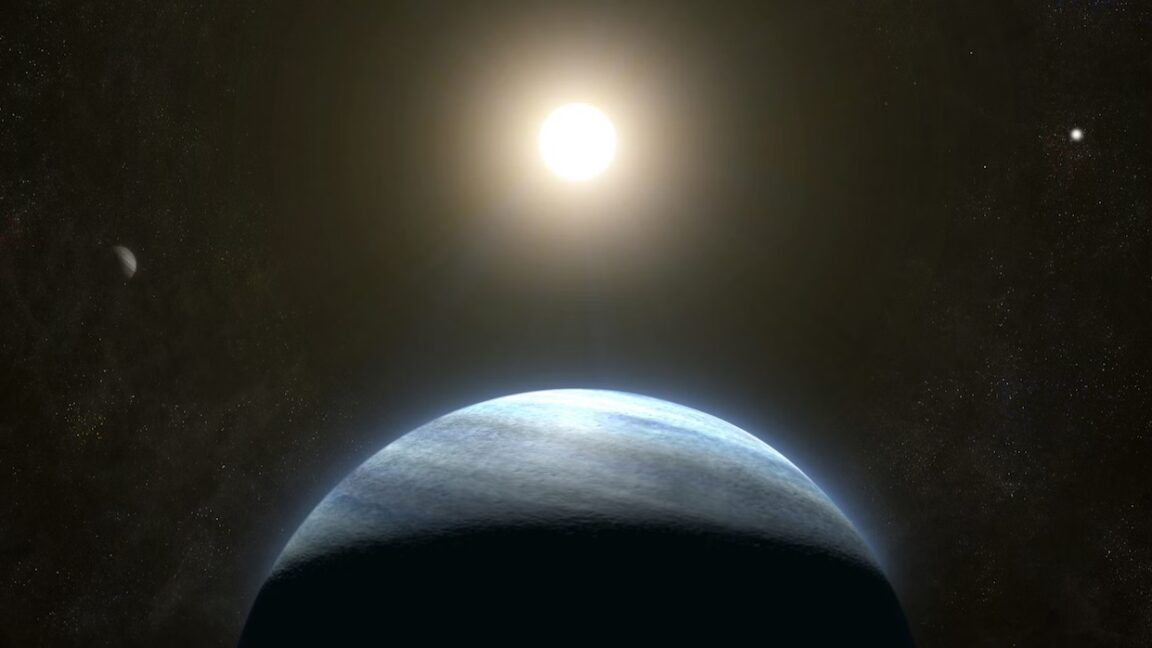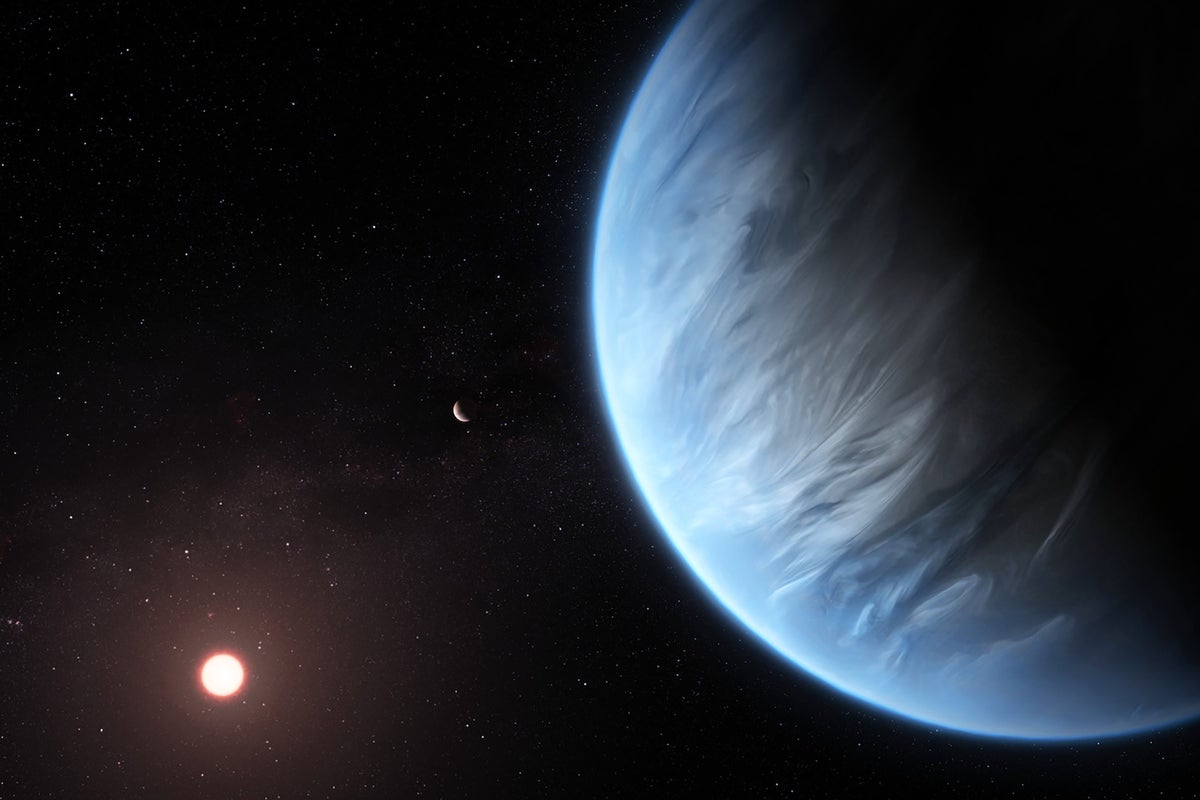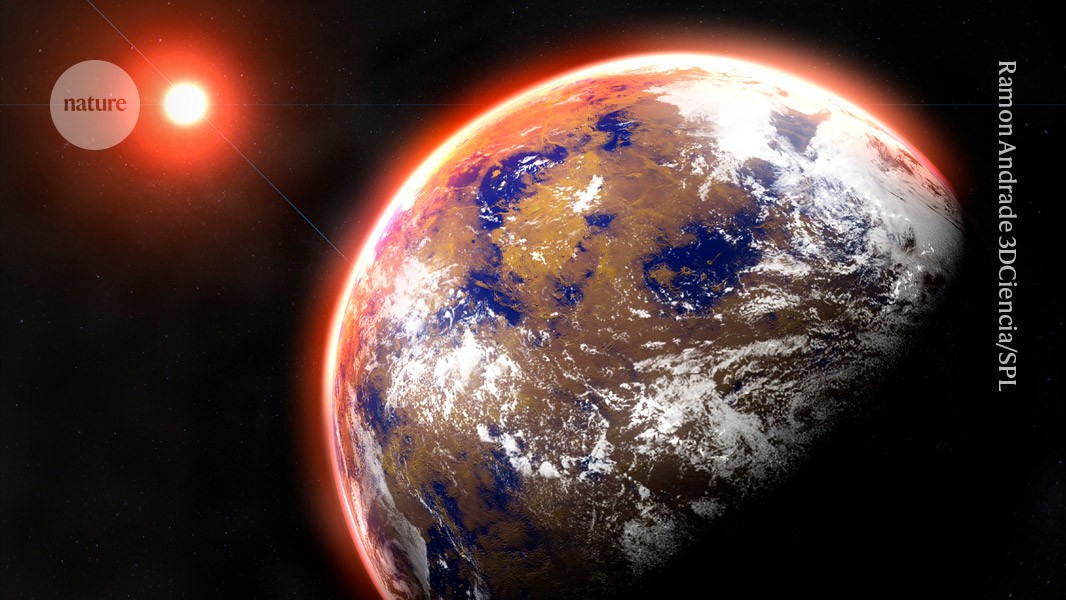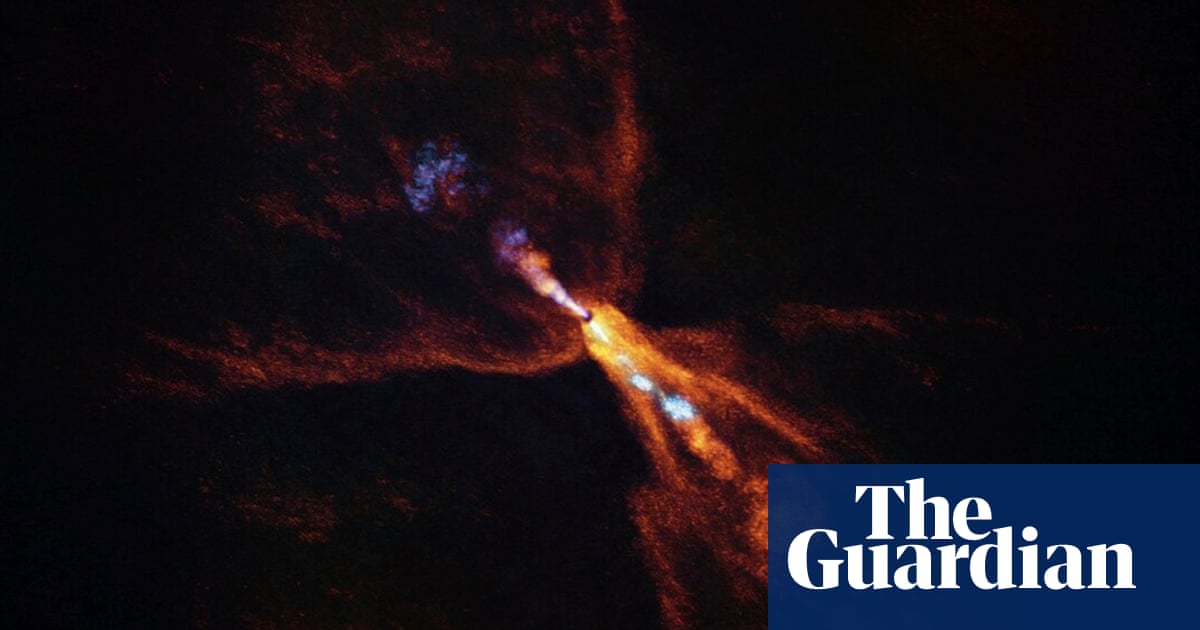fromWIRED
1 day agoHow Do Astronomers Find Planets in Other Solar Systems?
Even the closest exoplanets are more than 4 light years away (36 trillion miles), which makes it doubtful that we'll ever visit one-so why bother? The reason is, it helps us answer an age-old question: Are we alone in the universe? As far as we understand, you need a planet to have life, and the race is on to locate one with Earth-like qualities.
Science























